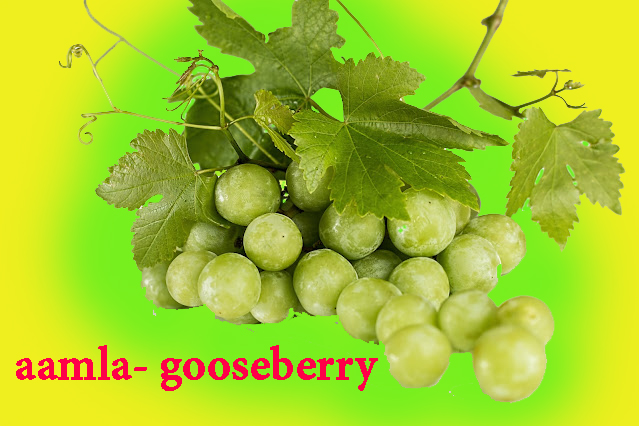Navratri & the Nine Forms of Durga: Who is Nava Durga?
What is Navratri & Why is it Celebrated?
Navratri is one of the most important and spiritually significant festivals in Hinduism. Over nine days, devotees worship the nine forms of Goddess Adi Shakti—each representing a unique power, story, and lesson. These forms aren’t just divine; they’re also deeply symbolic of the strength, resilience, and compassion that reside within all of us.
Who Are the Nine Durgas (Nava Durga)?
Each day of Navratri is dedicated to a different form of the Goddess:
-
Shailaputri
-
Brahmacharini
-
Chandraghanta
-
Kushmanda
-
Skandamata
-
Katyayani
-
Kalaratri
-
Mahagauri
-
Siddhidatri
Let’s get to know each one—and the powerful stories behind them.
The Nine Forms of the Goddess:
1. Shailaputri – The Daughter of the Mountains
The journey of Nava Durga begins with Shailaputri, born as Sati, daughter of King Daksha. She married Lord Shiva, but her father disapproved. When Daksha organized a grand ritual and excluded her and Shiva, Sati couldn’t bear the insult. In deep sorrow, she immolated herself. Furious, Shiva destroyed the ritual and went into deep meditation.
To restore cosmic balance, Sati was reborn as Shailaputri, the daughter of the Himalayas—symbolizing strength, rootedness, and divine will.
2. Brahmacharini – The Goddess of Penance
Still determined to unite with Shiva, Shailaputri took on the form of Brahmacharini. She performed intense penance—living on fruits, then leaves, then only water, and finally nothing at all. Her unwavering devotion eventually moved Shiva. Brahmacharini represents the sheer power of discipline, spiritual endurance, and faith.
3. Chandraghanta – The Warrior Bride
When the divine union finally happened, the demon Tarakasura sent spies to Kailash. To protect her realm and show the world a new face of feminine strength, the Goddess took on a fierce form—Chandraghanta, with a crescent moon on her forehead and a bell whose sound destroyed negativity.
This form reminds us that devotion doesn’t mean weakness. A devoted soul can also be a fierce protector.
4. Kushmanda – The Cosmic Creator
With just a gentle smile, Kushmanda created the entire universe. That’s right—this form of the Goddess is said to have brought light and life into existence. She’s the cosmic womb, the energy behind all creation, reminding us of the quiet power within.
5. Skandamata – The Divine Mother
In this form, the Goddess appears as the mother of Skanda (Kartikeya). When the demon Mahishasura tried to harm her divine child, she didn’t hesitate—she fought off an entire army with her baby in her arms. Skandamata is a tribute to the nurturing yet fierce love of a mother.
6. Katyayani – The Warrior Sage’s Daughter
After Tarakasura’s end, a new terror emerged—Mahishasura, who could be killed only by a woman. To end his tyranny, the Goddess was born as the daughter of sage Katyayana. As Katyayani, she stood for divine justice and fearlessness, showing that even the mightiest evil can be overcome by a determined spirit.
7. Kalaratri – The Fierce Protector
As Mahishasura’s cruelty grew, the Goddess unleashed her most fearsome form—Kalaratri. She was terrifying, fierce, and unstoppable. With this avatar, she destroyed demons, ended darkness, and protected the righteous. She teaches us that sometimes, to restore peace, we must first face the storm.
8. Mahagauri – The Radiant Light
After the fierce battle of Kalaratri, the world was in need of healing. Responding to the prayers of gods, the Goddess transformed into Mahagauri—peaceful, radiant, and calm. Her divine presence restored balance. She represents forgiveness, beauty, and the serene power of peace after chaos.
9. Siddhidatri – The Giver of Blessings
Finally, we arrive at Siddhidatri, the ninth and most mystical form. She bestows spiritual powers (siddhis), wisdom, and perfection. Even Brahma, Vishnu, and Shiva received siddhis from her. She embodies the ultimate form of divine grace and fulfillment—the one who completes the journey.
In Closing...
Navratri isn’t just about rituals and devotion; it’s about transformation—within and around us. Each form of the Goddess teaches us something vital: how to be strong, kind, patient, fierce, wise, and balanced. These stories are timeless reminders that the divine feminine lives within every heart.

















